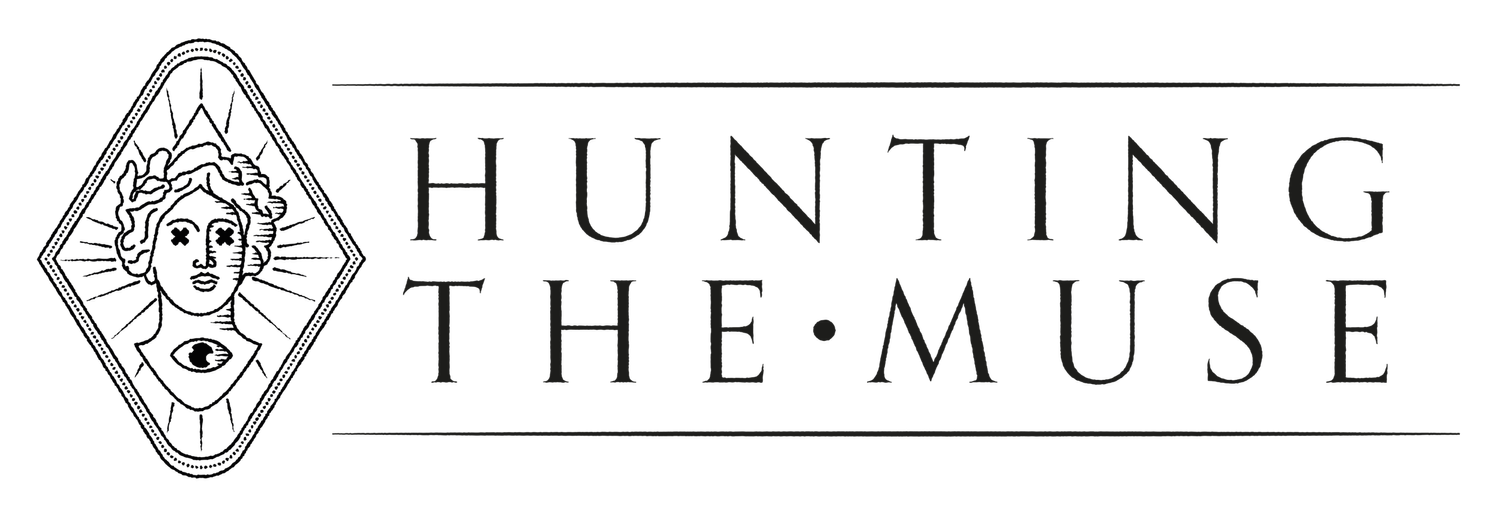Learn from Pixar for your next successful pitch
When the writers at Pixar first pitched Toy Story to Tom Hanks, his instinctual response was: ‘you don’t want me to sing, do you?’
And at the time, this sentence reflected the past era of animation. Love stories, happy villages, singing animals, and ‘I want’ moments ie ‘I just can’t wait to be King’. Instead, intuitively at the time, Pixar created a new set of ‘guidelines’ to keep viewers engaged and tell stories that echo through generations.
As Pixar filmmaker Andrew Stanton shared: ‘a well-told promise is like a pebble being pulled back in a slingshot and propels you forward through the story to the end.’ And Pixar’s promise is that this story will be worth your time.
In the end, that’s what the people on the other end of a pitch need to be promised. But convincing them of that is easier said than done.
We can take what Pixar teaches us about desire, challenges, and victory, and use them to inspire our own pitches. Whether you’re creating a sales deck, pitching your startup, or trying to impress your date about your weight-loss journey, consider using the Pixar Pitch.
How to use the Pixar Pitch
Your pitch should follow the same structure as some of the greatest movies and fairytales. You need to make your prospects feel like the hero. You are simply their guide.
Your prospect is Frodo, and you’re Gandalf, helping him on his quest to destroy the ring. Your prospect is Luke Skywalker and you are Yoda, advising him on how to become a more powerful Jedi.
1. “Once upon a time”
… allows you to open with a general description of the challenge.
2. “Everyday…”
… depicts the everyday situation helps you to narrow down the problem.
3. “One day…”
… the moment things changed, thanks to what you’re pitching.
4. “Because of that…”
… first casual; what changed because of the action.
5. “Because of that…”
… second casual; what changed because of the first casual.
6. “Until finally…”
… this concludes and highlights the result or key message.
For example:
1. “Once upon a time…”
… there was a growing crisis: of the 9 billion tonnes of plastic ever produced, only 9% has been recycled.
2. “Everyday…”
… more plastic is being produced, and the UN estimates that by 2050 there will be 12 billion tonnes of plastic in landfills, the environment, and oceans.
3. “One day…”
… a supermarket in Thailand ditched plastic packaging around fruit and replaced it with bamboo banana leaves instead.
4. “Because of that…”
… the amount of plastic used was reduced significantly.
5. “Because of that…”
… the idea was given more attention, making other supermarkets consider organic plastic alternatives.
6. “Until finally…”
… it became widespread, and now 4 in 5 Thai supermarkets use banana leaves to package fruits or vegetables.
Ok, I made the last bit up… but you were convinced, right?
By adopting the Pixar pitch, you move whoever’s listening or reading according to their emotions. You help the prospect discover for themselves what feels right. Ultimately, their decision is based on entirely emotional self-interest, and you want them to think: ‘this is good for me and my side.’
The Pixar pitch is one of 22 rules of storytelling from Emma Coats, ex-storyteller at Pixar.


